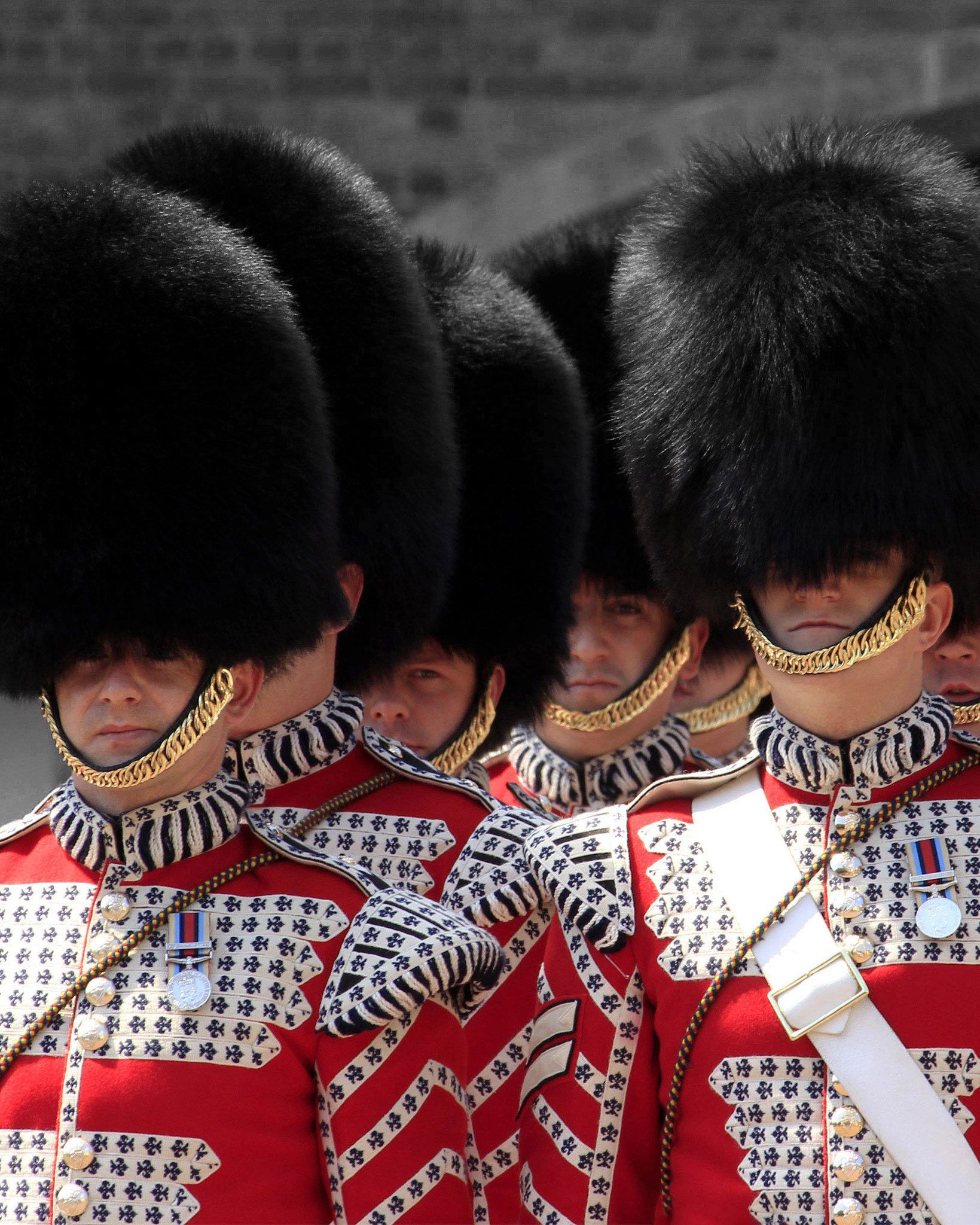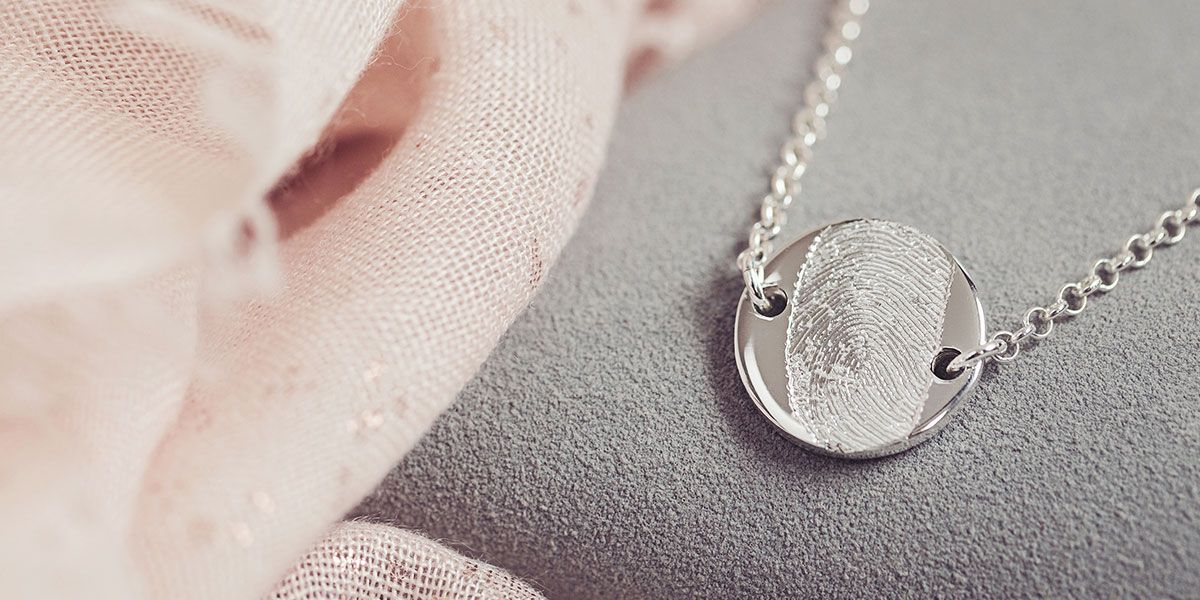- 41 Heaton Street
- Gainsborough
- Lincolnshire
- DN21 2EA
- 01427 810619
- 39 High Street
- Saxilby
- Lincolnshire
- LN1 2HA
- 01522 708888
The Queen's Funeral Plan
Nobody, not even Her Majesty the Queen, can live forever. Celebrating her official birthday earlier this month, the Queen is now 93 and the plans for her eventual passing are firmly in place. Planning for the Queen’s funeral isn’t a recent phenomenon and many of the monarch’s funeral plans have been place since the 1960s. Known as Operation London Bridge, the arrangements are reviewed and revised several times a year and constitute possibly the most detailed funeral plan in history. So, what will happen when the Queen’s reign comes to an end and how will Britain mourn the loss of one its longest-standing monarchs?
Like with the death of her father King George VI in 1951, once her death has been confirmed by her personal physician, the prime minister will be notified by phone using the codewords “London Bridge is down” on secure lines to avoid any pre-emptive leak. The Foreign Office will then alert the 15 governments outside of the UK where the Queen is also the head of state, and the 36 other nations of the Commonwealth for whom she has served as a symbolic figurehead. In keeping with tradition, once news of her death has been formally announced, a footman dressed in traditional mourning dress will pin a black-edged notice to the gates of Buckingham Palace. In a nod to modernity, the Buckingham Palace website will also post a similar message on a blackened homepage.
If the Queen’s death is expected (in the instance that she has been severely unwell) the news will spread via the main channels first, with all BBC programming being interrupted to broadcast the story. Other independent channels may choose to do this too. How the news is relayed by broadcasters is of paramount importance, with minor details such as presenters clothing coming under close scrutiny. The BBC’s Peter Sissons was harshly criticised for wearing a red tie when he announced the death of the Queen Mother in 2002. Hoping to avoid a repeat of this faux pas, black ties and dark coloured suits are usually now kept on standby for future royal death announcements.
Almost every major news organisation will have pre-recorded films, obituaries, documentaries and news segments ready to go, and some broadcasters will even run rehearsals in which they practise the announcement, ensuring everyone is prepared. Commercial radio stations will be alerted through a network of obit lights which illuminate in the event of national emergency. This gives presenters notice of the imminent switch to a special news bulletin and acts as a reminder to play inoffensive music in the meantime. Pilots will also announce the Queen’s passing on their flights.
So, what will happen immediately afterwards? If the last death of a monarch is anything to go by, it’s likely that most UK workers will be sent home early. Flags will fly at half-mast across the country and the BBC is expected to suspend all comedy shows until after the burial. This will be followed by a 12-day mourning period, during which time the Queen’s body will be moved to Buckingham Palace (if it is not there already) and preparations will be made for the state funeral. If the Queen dies abroad, a jet from the RAF’s No 32 squadron, known as the Royal Flight, will take off from Northolt on the western edge of London with a coffin on board. Both George V and George VI were buried in a coffin made from oak grown on the Sandringham estate in Norfolk. If the Queen dies there, her body will come to London by car after a day or two.
The most elaborate plans are for what happens if she passes away at Balmoral, where she spends three months of the year. This will trigger an initial wave of Scottish ritual. First, the Queen’s body will lie at rest in her smallest palace, at Holyroodhouse, where she is traditionally guarded by the Royal Company of Archers, who wear eagle feathers in their bonnets. Then the coffin will be carried up the Royal Mile to St Giles’s cathedral, for a service of reception, before being put on board the Royal Train at Waverley station for a sad progress down the east coast mainline. Crowds will be expected at level crossings and on station platforms the length of the country to throw flowers on the passing train.
Once back in Buckingham palace, the body will be guarded round the clock by four Grenadier guards. The Duke of Norfolk has organised the funerals of senior members of the royal family since the 17th century and, as monarch, the Queen will automatically be given a state funeral. Ahead of the ceremony, royal dignitaries and national leaders from around the world will gather in London. There will be a military parade from Buckingham Palace down the Mall, past the Cenotaph to Westminster Hall where the Royal coffin will lie in state for four days. Over that period, with the floral wreaths on the coffin replaced daily, it is expected that as many as half a million people will pay their respects.
The night before the funeral, church services will be held around Britain, with larger towns and cities holding memorial services in sports stadiums and public venues. The day of the funeral itself, planned for nine days after her death, will be deemed a national day of mourning and a public holiday, meaning the stock market and banks will close. When Big Ben strikes 9am the Queen’s body will be taken from Westminster Hall to Westminster Abbey, to arrive at 11am when The Archbishop of Canterbury will lead the service. In a tradition dating back to the Victorian era, 138 sailors will pull a green gun carriage carrying the coffin away from the abbey to a hearse that will take the coffin to the chapel at Windsor Castle, where the Queen will be laid to rest.
There is an incredible level of detail in the Queen’s funeral plan, most of which we will never know, however, in the hours following her death there will be final details that only King Charles can decide, as some of his first duties as Britain’s new monarch. Planning ahead is important, and whilst the Queen’s funeral is a very special case, more and more people are choosing to be prepared for their own funeral. Making a decision to plan now, covering the cost and personalising the arrangements to reflect your wishes relieves your family of worry and uncertainty, allowing you to get on with living life to the full. Find out more about funeral plans on our planning page and contact us today for help and advice. Our experienced and compassionate team are here to assist.
Memorial Jewellery
Alternative Hearses
Help in Times of Sadness
Funerals Services
Funeral Planning
Funeral Services
Funeral Director News

With a proud sixty year history, our funeral directors will care for your loved one as if they were our own, our family caring for yours. Cliff Bradley & Sons is an appointed representative of Golden Charter Limited trading as Golden Charter Funeral Plans, authorised and regulated by the Financial Conduct Authority (FRN:965279).
Gainsborough Funeral Home
-
Cliff Bradley & Sons
41 Heaton Street
Gainsborough
Lincolnshire
DN21 2EA
Website Design
by Web Studios Ltd ©2024



